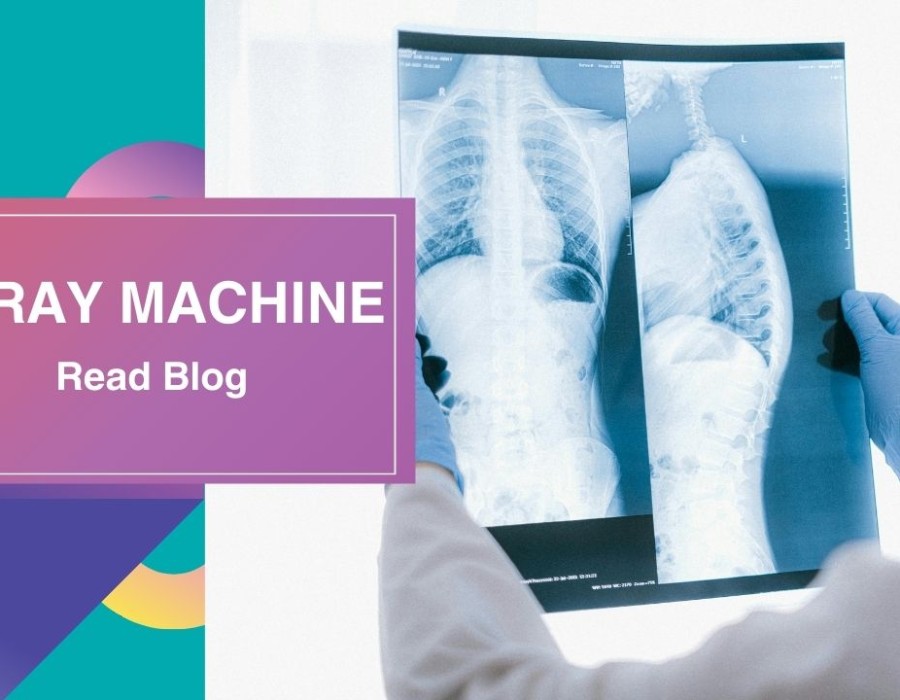X-ray technology has a rich history, but its future holds even greater promise. Researchers are developing innovative advancements in 3D imaging and artificial intelligence (AI) set to transform how we use X-rays in medicine.
3D X-rays: Seeing Beyond the Flat Image
Traditional X-rays offer a 2D view, which can be limiting when dealing with complex anatomy. 3D X-ray imaging, like cone-beam computed tomography (CBCT), uses multiple images to create detailed 3D models. These models give clinicians a 360-degree view, aiding in diagnosing fractures, subtle abnormalities, and conditions obscured in standard X-rays. 3D applications span dentistry, orthopedics, and even cancer treatment planning.
AI: The Future of X-ray Analysis
AI is revolutionizing medical imaging. AI-powered software analyzes X-rays with incredible precision, detecting abnormalities a human eye might miss. This improves diagnostic accuracy, helps catch diseases early, and streamlines image interpretation. AI also assists with X-ray image capture and processing, reducing the workload for technicians and radiologists.
Trivitron Healthcare: Innovation and Affordability
Trivitron Healthcare leads the way in X-ray innovation. Their Digital Radiography (DR) systems deliver exceptional image quality with minimal radiation exposure. Trivitron understands healthcare budgets and prioritizes competitive X-ray machine prices. They offer long-lasting, reliable systems to minimize downtime and offer flexible financing options. Trivitron's ceiling-mounted systems, mobile X-ray units, and DR retrofits ensure advanced technology is accessible to all types of facilities.
The Outlook: A Powerful Diagnostic Future
The combination of 3D imaging, AI, and improved X-ray hardware creates an exciting future. We can expect even more powerful diagnostic tools, earlier disease detection, and tailored treatment plans. These advancements will make X-ray imaging even more accurate, efficient, and accessible. Innovators like Trivitron Healthcare ensure clinicians have the tools they need to provide the best possible patient care.





Comments